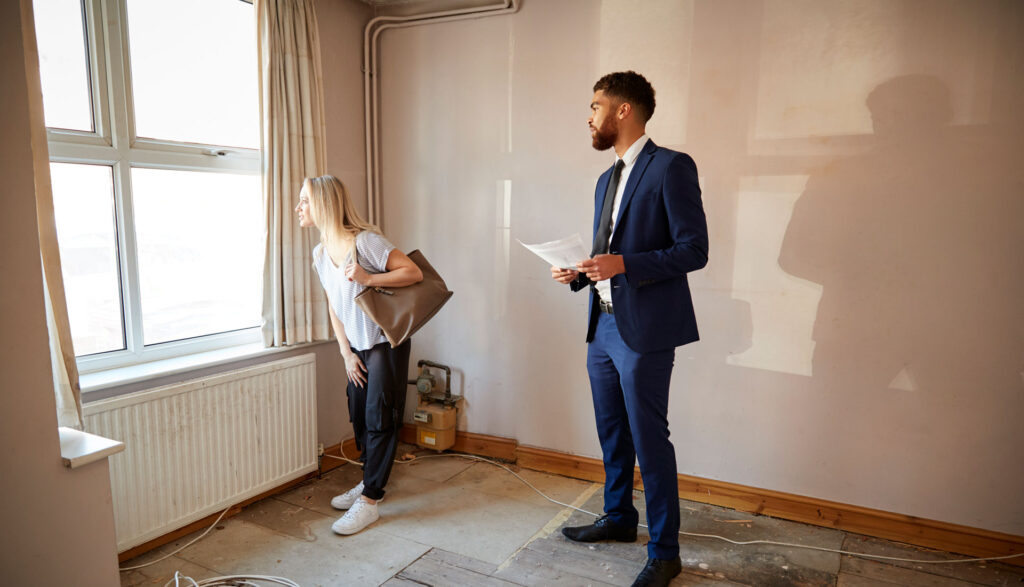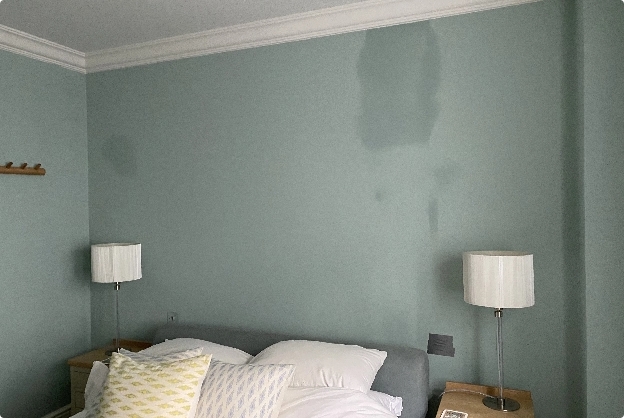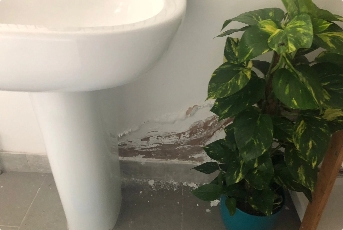How to do a DIY Damp Inspection: The Necessary Tools and Techniques That You Need
If you are a property owner in the UK, maintenance should always be at the forefront of your mind and damp is a serious threat, largely due to the wet climate we have in Great Britain. In the event you wish to carry out a damp inspection of your home and you would rather do it yourself, here are a few essential tools and techniques that you will need.
- Moisture meter – There are two types of moisture meter, pinned and pinless, the pinned variety enables you to insert the probes into plaster and other materials to determine the presence of moisture. At London Damp Specialists, our damp surveyors carry both moisture meters, along with many other high-tech devices to help them identify moisture, mould and mildew.
- Humidity meter – This is a device that accurately measures the amount of moisture in the air; the line is at 65%, more and you have a moisture issue in your home. Ventilation is important in a damp environment and you can generate an airflow by opening a few windows; mould or mildew might be present, which can be hazardous to you and your family’s health.
- Screwdriver – A large screwdriver can be used to check whether exterior walls have been compromised by damp. Mortar, brickwork and rendering can all be damaged by rising and penetrating damp and scraping materials can reveal issues.
- Flashlight – Of course, you need to illuminate those dark corners in order to carry out a thorough inspection, so a decent flashlight to shine into hard to see areas. The loft requires a very thorough inspection, as does a basement if you have below-ground living space.
- Ladders – A damp inspection involves working at height; if you are uncomfortable with this, we advise you to ask a local roofing contractor to carry out a roof inspection.
How to carry out a damp inspection
Armed with all the above equipment, the best place to start the inspection is in the loft; take great care walking around the loft and never step between the joists, otherwise you might put your foot through the upstairs ceiling. If you notice a musky smell in the house, this could be caused by mould and mildew growth and you need to inspect all corners, specifically looking for signs of damp. All timber needs to be closely inspected for signs of damp, woodworm, wet and dry rot.
Cleaning out roof guttering
Use a small hand-trowel to scrape along guttering, removing all debris; a blocked section of guttering would result in rainwater seeping down the exterior walls, which is a major cause of penetrating damp.
Inspecting exterior walls
Starting at ground level, you should inspect all exterior walls, looking for crumbling masonry and mortar; use a screwdriver to scrape at areas you think might be compromised.
Inspecting interior walls and ceilings
Look for tide marks and damp patches, which are tell-tale signs of penetrating damp; you can use a moisture meter to measure the moisture content of interior walls.
If you would rather leave the damp inspection to the experts, give London Damp Specialists a call on 020 7458 4864 during office hours or fill in the form on this website.


